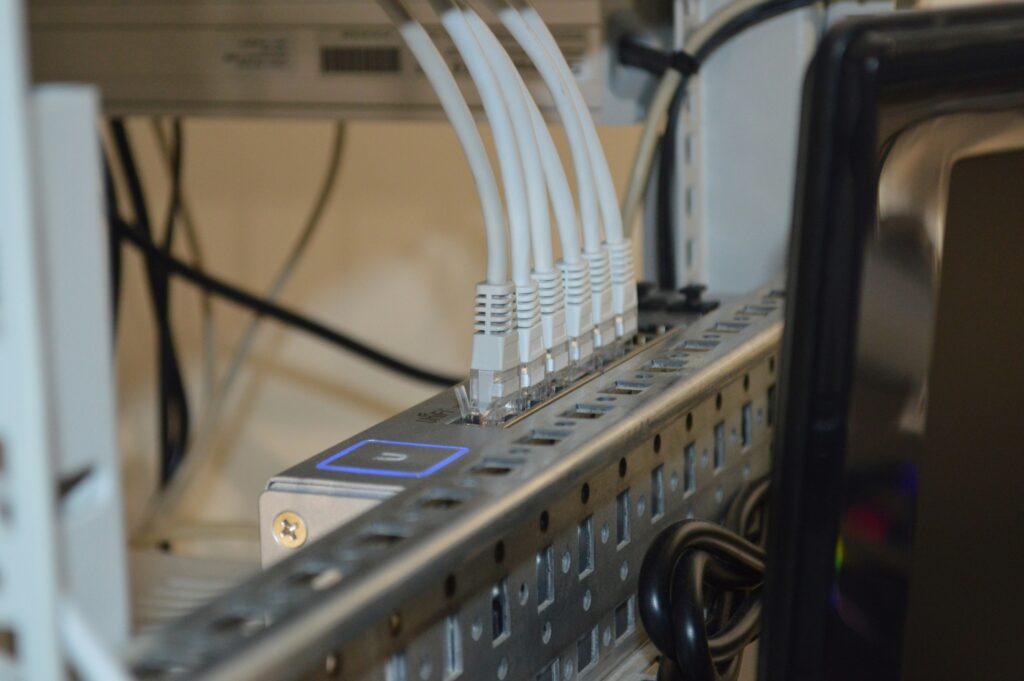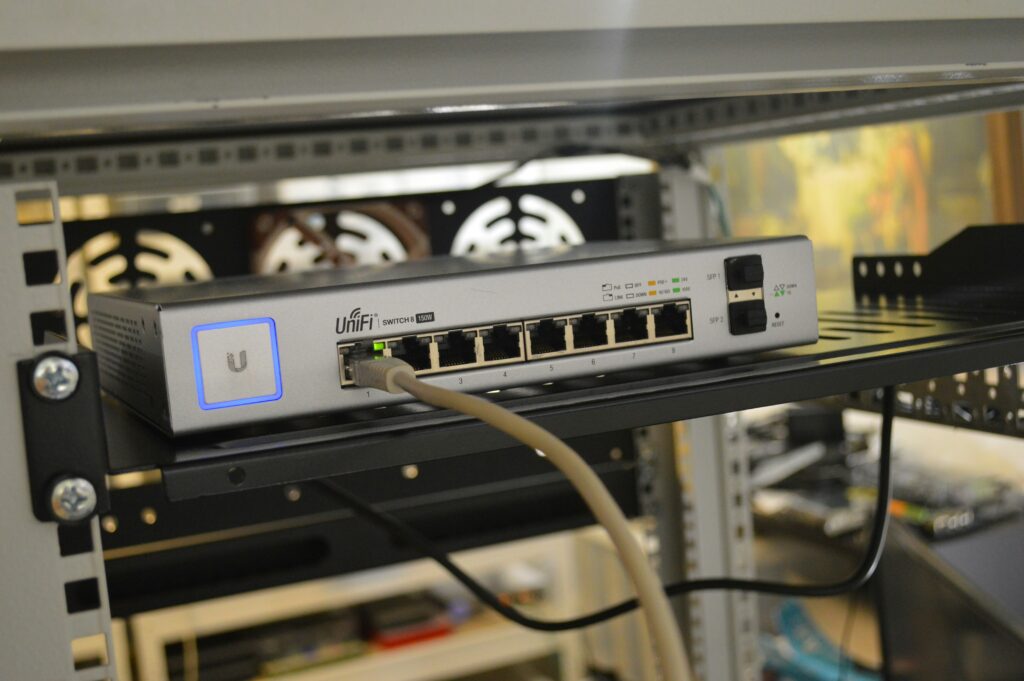Traditional internet via satellite or Starlink were both primary options for broadband connectivity in rural and remote areas in the constantly evolving world of internet connectivity. Although both solutions use satellites to provide internet access, they use different technologies with unique benefits and drawbacks. To assist you in deciding which is more appropriate for your specific requirements, this short piece compares and contrasts Starlink versus satellite internet using several criteria.

Overview of Starlink
SpaceX created Starlink, a state-of-the-art satellite internet service intended to provide underprivileged and outlying regions with lightning-fast internet service. Starlink uses a constellation of low Earth orbit (LEO) satellites, unlike traditional satellite internet, which depends on geostationary satellites. Due to their extreme proximity to Earth, such satellites operate better and have substantially lower latency.
Starlink offers a user-friendly package that includes a satellite dish, router, and power supply. Aiming for over 1 Gbps, it currently provides 50 to 250 Mbps. Its quick implementation makes it a popular choice for remote area internet users.
Overview of Traditional Satellite Internet
Conventional satellite internet services, like those provided by Viasat and Hughes Net, depend on geostationary satellites that orbit around 35,000 kilometers above the ground. Reliable service across wide regions is certain via these satellites’ fixed position without respect to the planet’s surface. Higher altitude, however, causes latency to rise, usually by 600 milliseconds or more.
For many years, rural and distant consumers have preferred conventional satellite internet. Depending on the package and seller, rates tend to evolve between 10 Mbps and 100 Mbps. Conventional internet via satellite frequently suffers from excessive latency, data limits, plus slower paces at minutes of elevated usage, and when it brings steady coverage at locations for focused or mobile device service is not obtainable.
Key Comparisons
Speed:
Starlink is renowned for its impressive speed capabilities. The service advertises download speeds ranging from 50 Mbps to 250 Mbps for its standard plans, with the potential for even faster speeds in its premium tiers. These speeds are competitive with many traditional broadband services and are significantly better than most traditional satellite providers.
HughesNet and Viasat typically offer speeds between 12 Mbps and 100 Mbps, depending on the plan and location. While sufficient for basic browsing and streaming, these speeds can struggle to handle multiple devices or bandwidth-intensive activities.
Latency:
Latency is a critical factor for internet users who engage in activities requiring real-time data exchange, such as gaming, video conferencing, and virtual collaboration. Starlink’s LEO satellites boast latency as low as 20–40 milliseconds (ms), comparable to terrestrial broadband.
Traditional satellite internet, on the other hand, suffers from high latency due to the long distance data must travel between Earth and geostationary satellites. Latency typically ranges from 500 to 600 ms, making it less ideal for real-time applications.
Coverage:
Both Starlink and traditional satellite internet providers excel in coverage but with some differences. Traditional satellite providers have a long-established presence and can deliver internet virtually anywhere on Earth, including remote regions.
Starlink, while rapidly expanding its reach, is still in the process of deploying its network. Currently, it covers much of North America, Europe, and other regions but may have gaps in service in some areas. However, as the constellation grows, coverage is expected to become more comprehensive.
Reliability:
Satellite internet can be affected by weather conditions, such as heavy rain or snow, which can disrupt signals. Starlink’s LEO satellites may experience slightly less interference compared to traditional geostationary satellites due to their lower orbit, but weather remains a factor for both services.
Starlink’s network also benefits from redundancy, as its constellation consists of thousands of interconnected satellites. In contrast, traditional providers rely on a smaller number of satellites, which could lead to more significant service interruptions if a satellite encounters an issue.
Cost:
Cost is a major consideration for most users. Starlink requires an upfront investment for its equipment, including a satellite dish and modem, which costs around $599 for residential users. Monthly service fees start at $110, with premium plans costing more.
Traditional satellite internet services typically offer lower upfront equipment costs, and some providers include the hardware in the monthly subscription fee. However, monthly costs for traditional providers can range from $50 to $150, depending on the plan and data allowance.
Data Caps:
One downside of traditional satellite internet is the prevalence of data caps, which limit the amount of data users can consume each month before experiencing reduced speeds or additional charges. HughesNet, for instance, offers plans with data caps ranging from 15 GB to 100 GB per month.
Starlink does not currently impose strict data caps for most residential plans, offering users greater flexibility and freedom to consume data without worrying about overage charges.
Who Should Choose Starlink?
Starlink is an excellent choice for users in rural or remote areas who need high-speed, low-latency internet for work, education, or entertainment. It’s particularly well-suited for those who engage in real-time online activities or require a more robust and modern internet solution. However, the higher upfront cost may be a barrier for some users.

Who Should Choose Traditional Satellite Internet?
Traditional satellite internet may be a better fit for users in extremely remote areas where Starlink is not yet available or those with lower internet speed requirements and want to minimize upfront costs. It is also viable for basic browsing, email, and light streaming needs.
Conclusion
The choice between Starlink and traditional satellite internet depends on individual needs, priorities, and location. Starlink’s innovative approach offers faster speeds, lower latency, and a more modern internet experience, making it a standout option for many rural and remote users. However, traditional satellite providers remain a reliable alternative for those who need basic connectivity in areas where Starlink has not yet rolled out or where affordability is a major concern.
As technology continues to evolve, the competition between Starlink and traditional satellite internet providers is likely to spur further improvements, ensuring that even the most remote corners of the world can stay connected.

